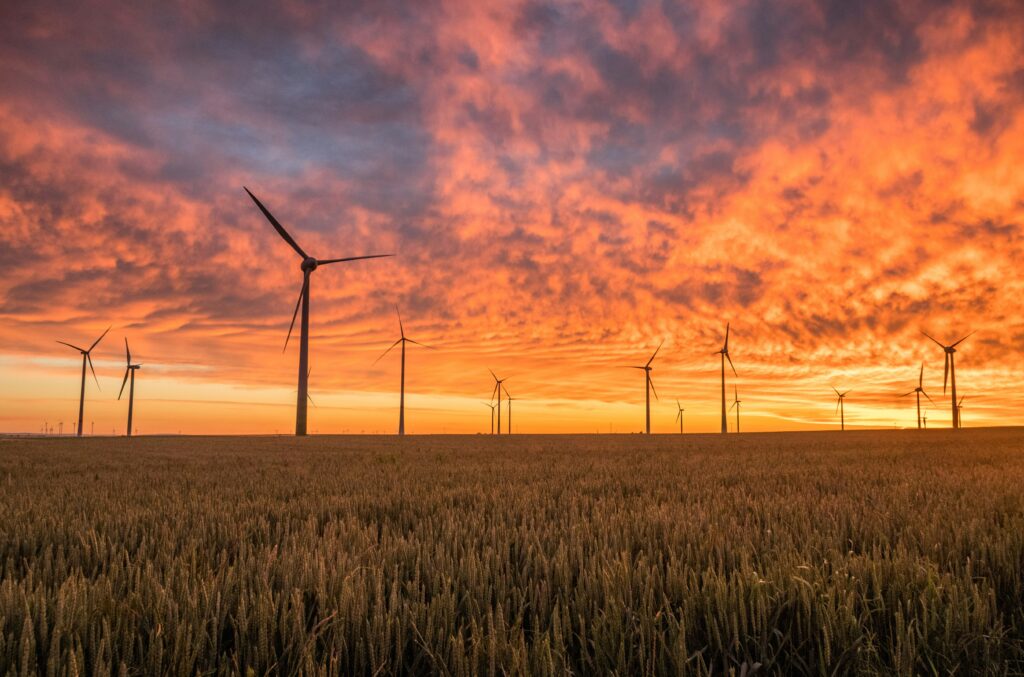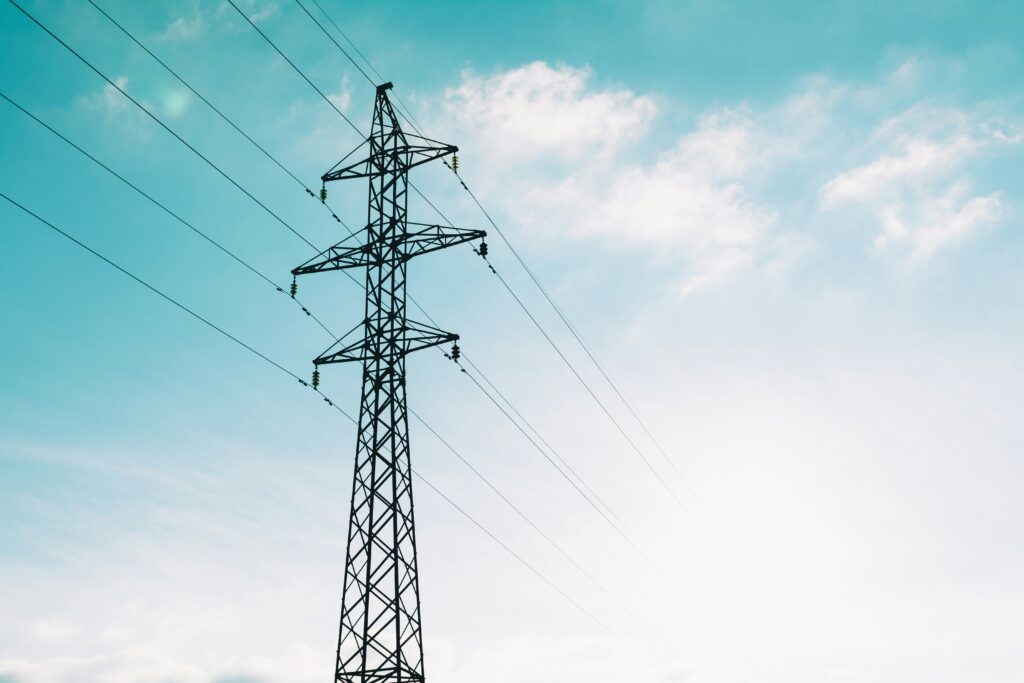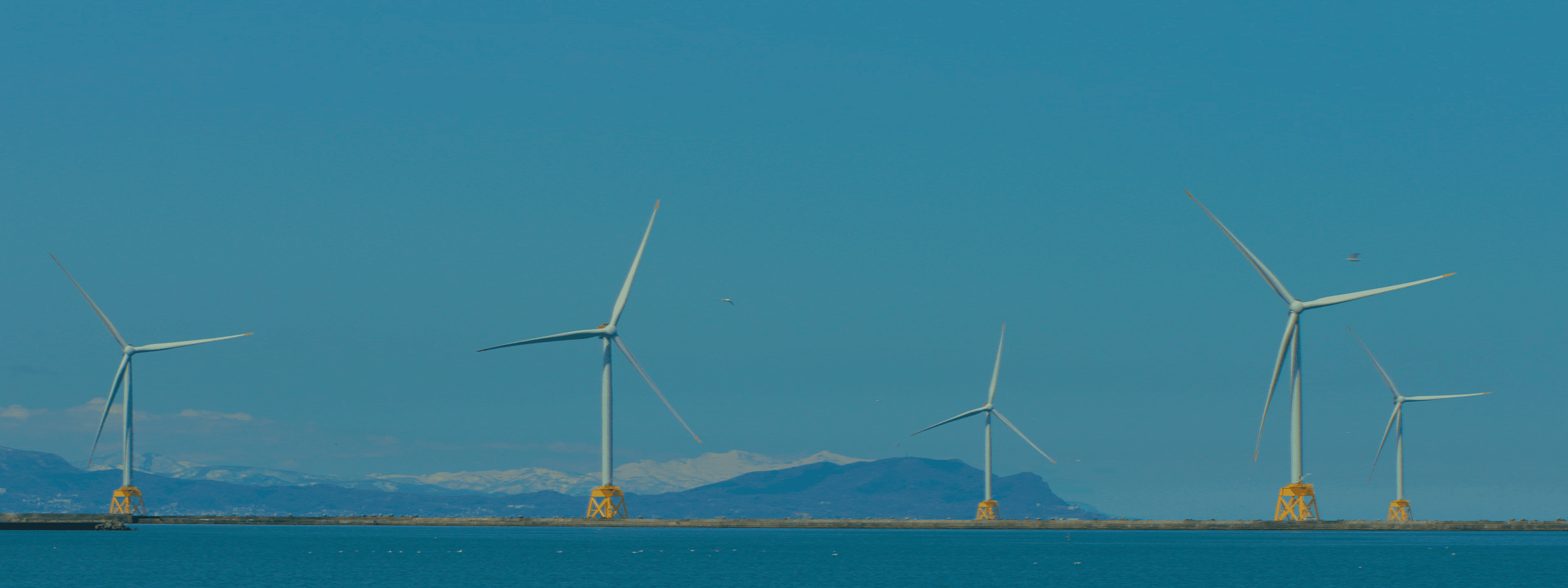Blog 02.2025
Trends, challenges and opportunities for onshore renewables in 2025

By Alex Perkin, Programme Manager for Onshore
In 2025, onshore renewables are expected to experience significant growth, especially in key markets like China, Europe, and the MENA region, as nations push toward net-zero targets. Many of these countries are implementing policy reforms to accelerate renewable energy deployment.
The decreasing cost of renewables, driven by economies of scale and technological advancements, makes them increasingly competitive with traditional fossil fuels. However, challenges such as regulatory uncertainty and grid constraints persist.
Nevertheless, emerging technologies such as BESS and corporate PPAs offer exciting opportunities for the sector in 2025, positioning onshore renewables as key players in the global energy transition.
Here are some of the key trends, challenges and opportunities shaping the onshore renewables landscape in 2025:
1. Policy uncertainty
2024 was a year of key elections including in the US, UK and across Europe. As new administrations establish themselves, the policy landscape looks mixed. In the US, the new administration has cast doubt on the future of renewable energy incentives, particularly import tariffs and the Inflation Reduction Act (IRA). Trump’s stance on wind power and his promise to rescind unspent IRA funding and impose high tariffs with trade partners could slow investment in renewables. On the other hand, the EU’s Net-Zero Industry Act (NZIA) continues to create opportunities for onshore wind and solar. Similarly, the UK Labour government’s policies, such as lifting the ban on onshore wind and increasing the budget for the Contracts for Difference (CfD) scheme, are supporting growth. Countries with strong policy support such as EU, China and India will likely see increased capital inflows for onshore renewables as investors seek stable markets.
2. Repowering
Aging wind fleets offer opportunities for repowering, particularly in Europe and China where many early wind installations are nearing the end of their operational life. By 2025, nearly 11 GW of onshore wind capacity will have reached 20 years of operation, contributing to a total global cumulative volume of 48 GW of turbines that have been operational for over 20 years. Repowering older turbines with newer, more efficient models can significantly increase energy output and reduce costs. China is at the forefront of this practice, accounting for 56% of global repowering activities.
In the UK, repowering is a key focus in efforts to meet 2030 targets, alongside the upgrade of grid infrastructure. Government incentives and auction rounds, such as AR7, are driving this activity. By later this year, global volumes for repowering are expected to reach 4.6 GW.

3. Intermittency & grid modernization
The transition to intermittent energy sources like solar and wind brings both challenges and opportunities. Grid is one of the key barriers, as without an effective system, we will be unable to maximise the impact of the renewable energy being generated. Grid congestion and interconnection backlogs are major barriers, especially in Europe and the US, where the deployment of renewable energy is outpacing the development of grid infrastructure. The world must add or replace 80 million kilometers of grid networks by 2040, equal to all transmission and distribution lines globally today, to meet national climate targets. This means doubling annual investment to more than USD 600 billion a year by 2030.
One solution being implemented in many countries is the shift from market-led to grid-led systems, where generation and storage are managed based on grid needs rather than market demands. For instance, Germany and Australia are investing in smart grid technologies to enhance the integration of renewable energy.

4. Corporate PPAs and AI Demand
Energy demand continues to grow, particularly with the increasing dominance of technologies like AI. A report from McKinsey found that “to keep pace with the current rate of adoption, the power needs of data centers are expected to grow to about three times higher than current capacity by the end of the decade, going from between 3 and 4 percent of total US power demand today to between 11 and 12 percent in 2030.” The increasing demand for energy in turn drives the need for reliable and cost-effective energy sources, creating opportunities for Corporate Power Purchase Agreements (CPPAs) in the onshore renewable energy sector. Major companies, known as hyperscalers – such as Amazon, Google, Meta, Microsoft, and Apple – are dominating the CPPA market, which provides a stable revenue stream for renewable energy projects. These long-term agreements offer price certainty and assist corporations in achieving their net-zero goals. The top five hyperscalers account for 55% of the global capacity for corporate wind and solar energy.
Additionally, the AI technologies being developed by these companies are also used for energy forecasting, demand prediction, and the prevention of equipment failures, thereby enhancing the overall efficiency of renewable energy systems.
5. Battery Energy Storage Systems (BESS)
Co-located battery energy storage system (BESS) projects are becoming increasingly popular as they help manage the intermittency of renewable energy, enhance grid stability, and boost project revenue. Governments are implementing regulatory reforms to support BESS, including Australia’s streamlined registration process and Ireland’s DS3 program. In the UK, BESS operators are expected to benefit from significant wholesale market volatility in 2025.
Battery storage is playing a crucial role in reducing reliance on gas-fired power plants, especially in places like California, where batteries are charged with solar power during the day and discharged in the evening. This trend is projected to expand globally as battery costs decline and their role in managing renewable intermittency becomes increasingly vital.
Coupled with the growth of distributed solar in emerging markets, the integration of battery storage presents exciting opportunities for energy access and climate impact, positioning onshore renewables as a key player in the global energy transition.
You may also be interested in

JERA Nex, leading the energy transition
Satoshi Yajima, JERA Nex's chairman, explains why the launch of JERA nex was an exciting moment for the energy transition.

A new renewables company to transform the global energy system

Navigating geopolitical uncertainties to build a sustainable energy system

Reasons to be cheerful: A new way to do renewables
Richard Scott, VP Global Construction & Development (Onshore) explains why the launch of JERA Nex is a bright spot in the renewables industry.